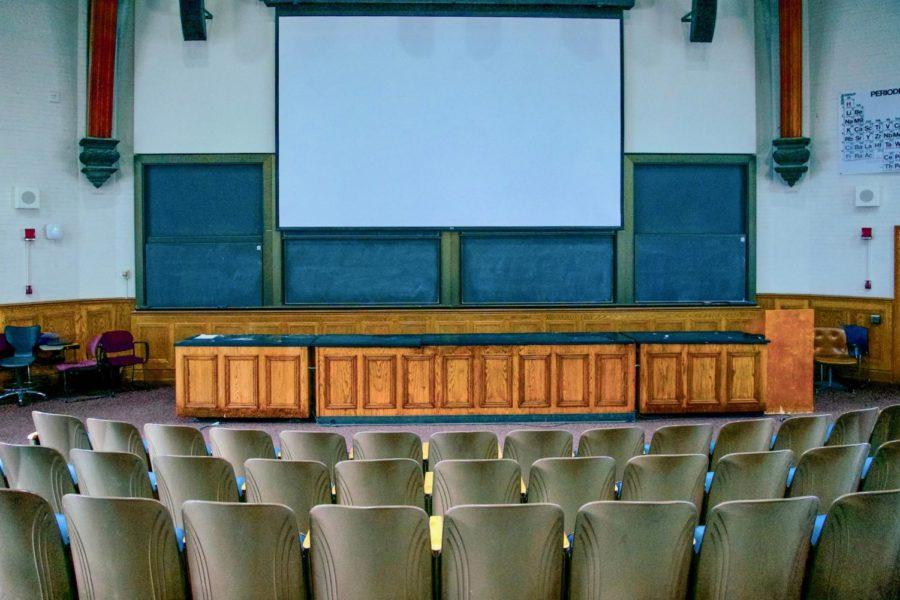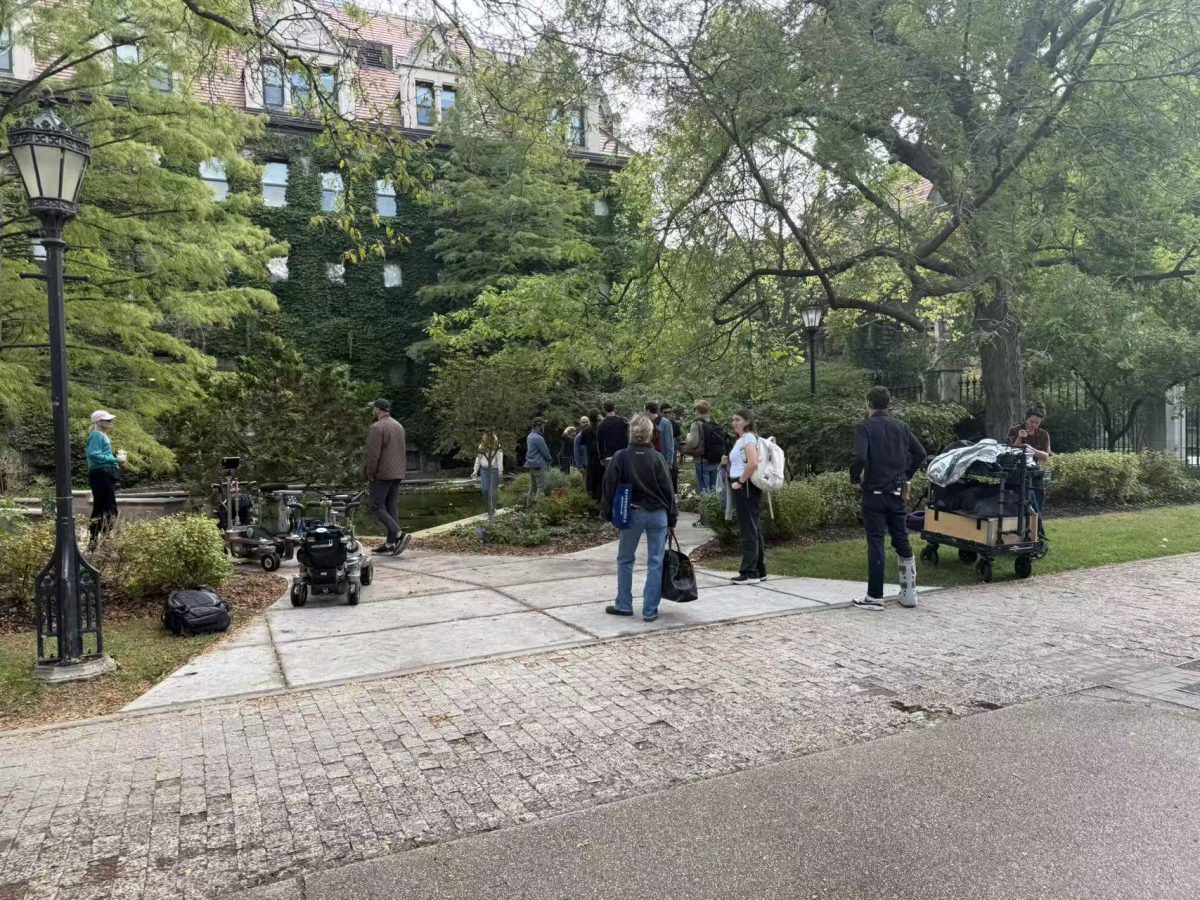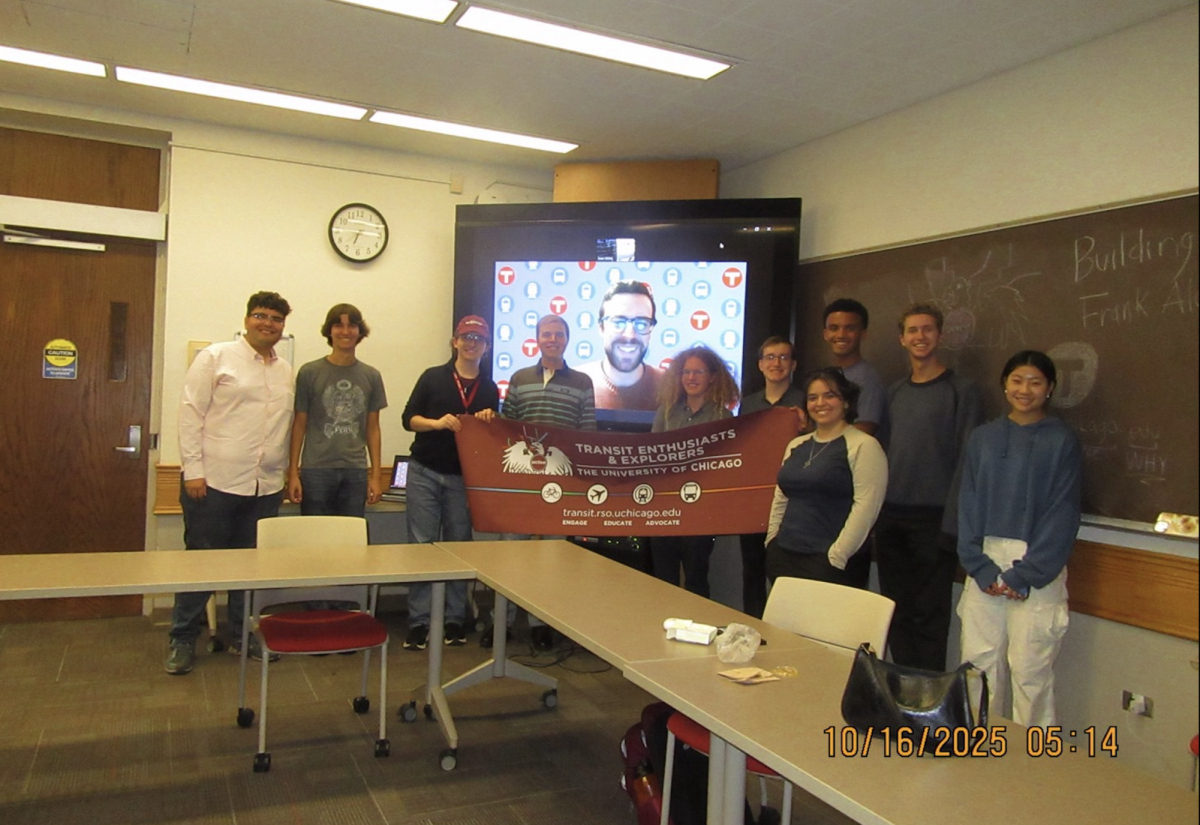The University of Chicago’s in-progress plans for allowing in-person research and instruction for fall quarter 2020 were partially unveiled during a webinar hosted by Provost Ka Yee Lee on Thursday. While the webinar mainly focused on faculty and researchers, it included details about student life as well.
The plan includes significantly reducing course instruction and research capacity, including the number of students allowed in each classroom, while maintaining remote options for both. Dean of the College John Boyer had addressed students in a video message earlier on Wednesday, where he stated that the university intended to maximize the number of in-person experiences possible given health guidelines. Whether students will be returning to campus for sure or not has not yet been announced.
Vice Provost Jason Merchant described the University’s goal of offering a mix of in-person and remote instruction, but added that classes would be significantly “de-densified.” “Our original seating capacity on campus in all of our approximately 200 classrooms is about 7,100 seats. Our new seating capacity will be about 1,800 seats. So, we’re looking at about 25 percent occupancy or usage levels for seating,” Merchant said.
He mentioned that room 107 in Kent Chemical Laboratory, which is one of the University’s largest classrooms and can sit over 200, would only seat 47 people.
Additional seating space would be made available by using non-classroom spaces for instruction, such as theaters, common spaces, seminar rooms, and gyms. Classes would also meet less often than regularly scheduled times, such as once per week as opposed to three times a week.
Merchant also said that students or faculty who could not return to campus would have alternative, remote instruction options. “For those who are unable to return because of travel restrictions or health reasons, we want to make sure that we can offer them a robust experience, so we’re looking to code certain courses to be remote only,” Merchant said.
Dorm and dining arrangements would also be able to hold a reduced number of students, due to social distancing protocols.
Richard Mason, Assistant Vice President for Campus Life, said that the University based their plans on the experiences of students who remained in the Max Palevsky Residential Commons for the spring quarter. “One of the things early on that became quite clear is the need to make sure that we have single rooms for those living in resident halls. It’s just not possible to maintain that social and physical distance while being in a typical residence hall room,” Mason said. It remains unclear what this means for campus apartments such as those in Campus North Residential Commons.
Dining halls would also face the same de-densification as classrooms, and would operate at one quarter of their usual capacity, in order to maintain the eight feet of social distancing between individuals necessary in eating spaces.
The University also plans to use extensive COVID-19 testing and tracking protocols in preparation for a return to campus. Emily Landon, Executive Medical Director of Infection Prevention and Control at the University of Chicago Medical Center, said that testing would become more routine.
“We are expanding our testing to include even more opportunities, including a sentinel surveillance–type study, where people get tested routinely and regularly, in order to make sure we are on top of asymptomatic and pre-symptomatic cases,” Landon said.
Landon also said that members of the university community would be asked to take their temperature twice a day, in line with protocols for health-care workers at the Medical Center. However, members of the community would also need to consistently self-report any potential symptoms of COVID-19.
“It’s less about taking temperatures at the door. Having those thermal scan machines at the door is really going to miss a lot of people. We’re putting into place much more comprehensive methods of making sure that everyone is checking in with themselves,” Landon said.
Though Landon recognized that social distancing may be impossible in locations such as in bathrooms or elevators, she added that the University was focused on implementing multiple layers of intervention, in order to minimize overall exposure risk of COVID-19 by other university members.
“You can take out one piece, like [social] distance, for a short period of time when you walk past somebody in the hallway because you’re not coming to work sick, you're still wearing your mask, we have good community and university contact tracing, you're getting testing when you need to have testing, and we’re cleaning surfaces and keeping our hands clean,” Landon said.
Research work on campus will begin on Monday, June 15, and will be used as a basis for determining the University’s future steps for reopening, according to Vice Provost Melissa Gilliam.
“We are limited in the number of buildings we can open at any given time, and so we are going to open up in phases of access and increasingly give people access,” Gilliam said.
Courtney Davis Curtis, Executive Director of Risk Management and Special Assistant for Resilience Planning, also announced plans to release training protocols for faculty and staff before their return to campus.
“The training includes a general overview of COVID-19 symptoms, modes of transmission, and self-monitoring for the virus. Additionally, social distancing strategies, disinfecting protocols, hygiene practices, and personal protective equipment are also overviewed during this training,” Curtis said.
Personal protective equipment (PPE) such as cloth masks will be distributed to members of the community. Additional hand sanitizers will be installed in areas without access to sinks, such as lobbies, according to Mark Fehlberg, Executive Director of Procurement Services.
Fehlberg added that certain PPE experiencing shortages or supply chain disruptions due to COVID-19 would be purchased in bulk through a partnership with the Medical Center. This PPE includes disposable masks, individual hand sanitizers, surface cleaners, face shields, gowns, gloves, and safety glasses, and would be provided to researchers and faculty as necessary.
“There will be continued supplies [sic] replenished. We ask that you be responsible so there are adequate supplies for everyone,” Fehlberg said.
Katie Callow-Wright, Executive Vice President of the University, announced that further decisions about fall quarter would be made based on the resumption of activities in the next two weeks.









